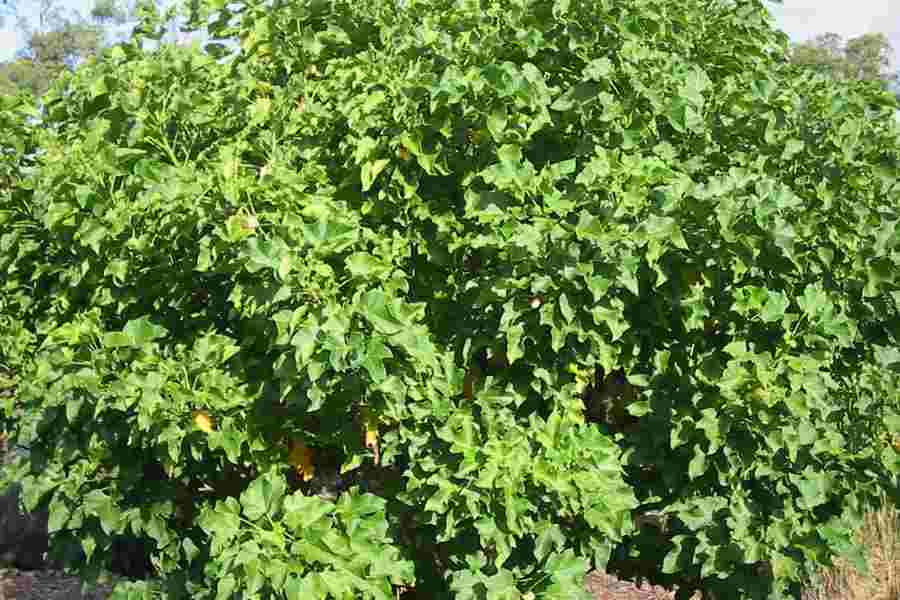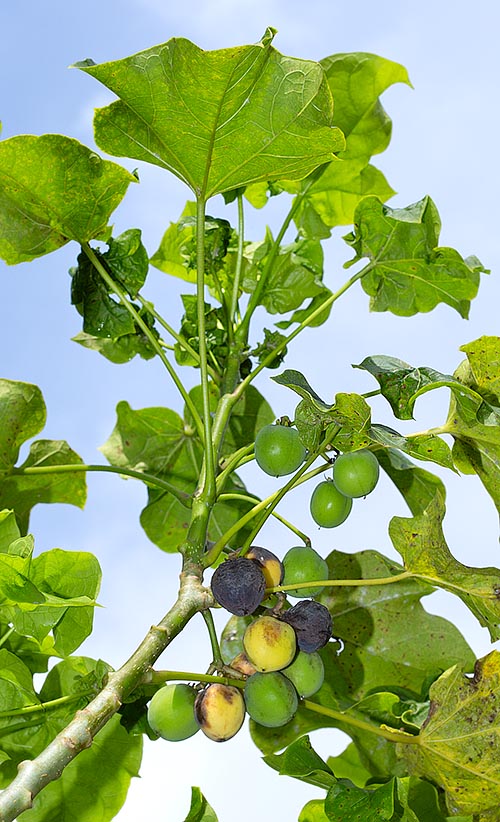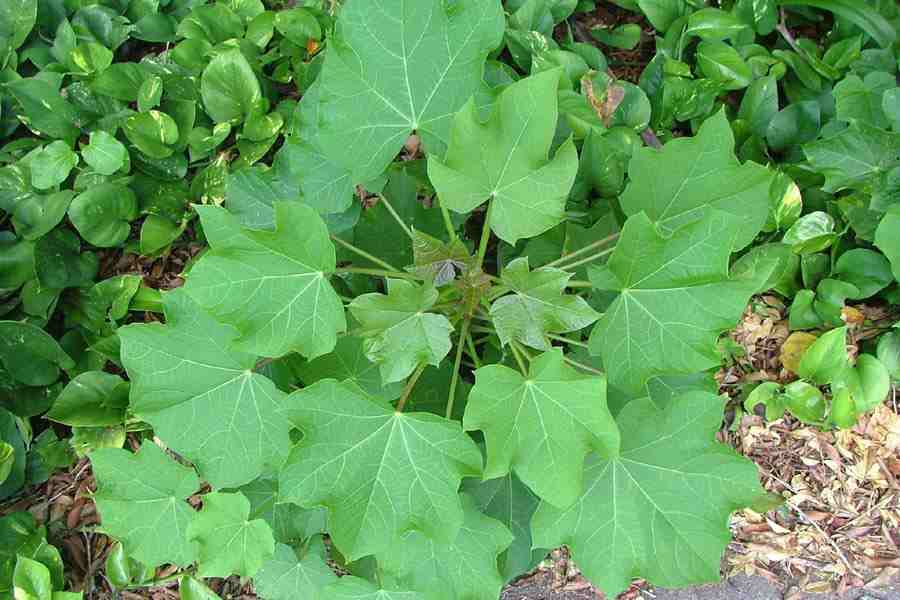
Oleovest Pl
Add a review FollowOverview
-
Sectors
-
Posted Jobs 0
-
Viewed 163
Company Description
Jatropha a Viable Alternative Renewable Energy
Constantly the biodiesel industry is searching for some option to produce sustainable energy. Biodiesel prepared from canola, sunflower and jatropha can replace or be combined with conventional diesel. During very first half of 2000’s jatropha biofuel made the headlines as an incredibly popular and promising alternative. It is prepared from jatropha curcas, a plant types native to Central America that can be grown on wasteland.
Jatropha Curcas is a non edible plant that grows in the deserts. The plant grows very rapidly and it can yield seeds for about 50 years. The oil got from its seeds can be used as a biofuel. This can be blended with petroleum diesel. Previously it has been utilized twice with algae combination to fuel test flight of airlines.

Another favorable approach of jatorpha seeds is that they have 37% oil material and they can be burned as a fuel without fine-tuning them. It is likewise used for medical function. Supporters of jatropha biodiesel say that the flames of jatropha oil are smoke free and they are successfully tested for simple diesel engines.
Jatropha biodiesel as Renewable Energy Investment has brought in the interest of lots of companies, which have actually tested it for automobile use. Jatropha biodiesel has been road checked by Mercedes and three of the cars and trucks have covered 18,600 miles by utilizing the jatropha plant biodiesel.

Since it is since of some downsides, the jatropha biodiesel have not thought about as a terrific renewable resource. The most significant issue is that no one knows that just what the performance rate of the plant is. Secondly they don’t understand how big scale growing might impact the soil quality and the environment as a whole. The jatropha plant needs 5 times more water per energy than corn and . This raises another issue. On the other hand it is to be noted that jatropha can grow on tropical environments with annual rains of about 1000 to 1500 mm. A thing to be noted is that jatropha needs proper watering in the first year of its plantation which lasts for decades.
Recent survey states that it is real that jatropha can grow on degraded land with little water and poor nutrition. But there is no evidence for the yield to be high. This may be proportional to the quality of the soil. In such a case it might require high quality of land and might require the same quagmire that is dealt with by the majority of biofuel types.

Jatropha has one main drawback. The seeds and leaves of jatropha are poisonous to people and livestock. This made the Australian federal government to ban the plant in 2006. The government declared the plant as invasive types, and too dangerous for western Australian agriculture and the environment here (DAFWQ 2006).
While jatropha has stimulating budding, there are variety of research study difficulties remain. The value of detoxing needs to be studied because of the toxicity of the plant. Along side a methodical study of the oil yield have actually to be carried out, this is really important since of high yield of jatropha would probably needed before jatropha can be contributed significantly to the world. Lastly it is also very crucial to study about the jatropha types that can make it through in more temperature level climate, as jatropha is really much restricted in the tropical climates.

